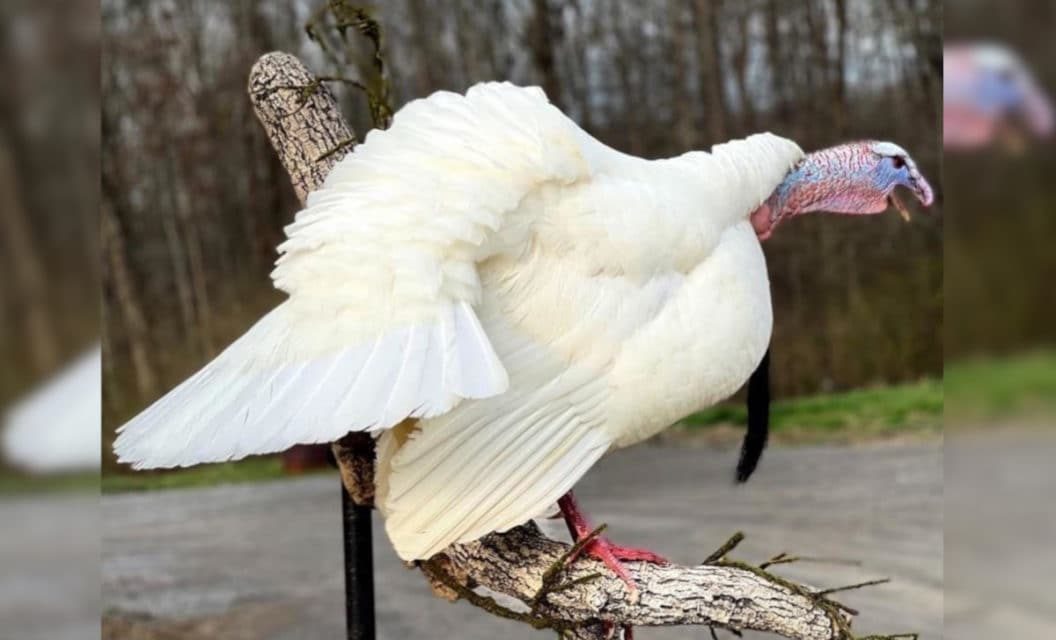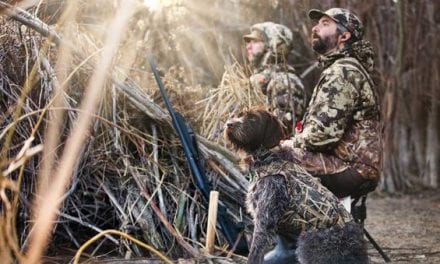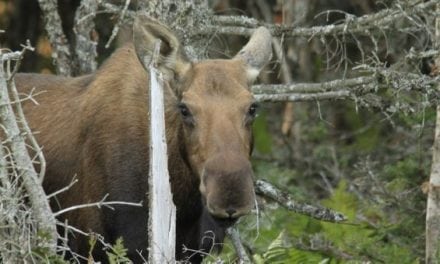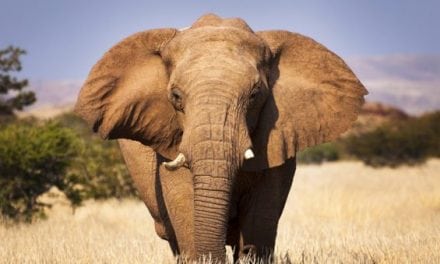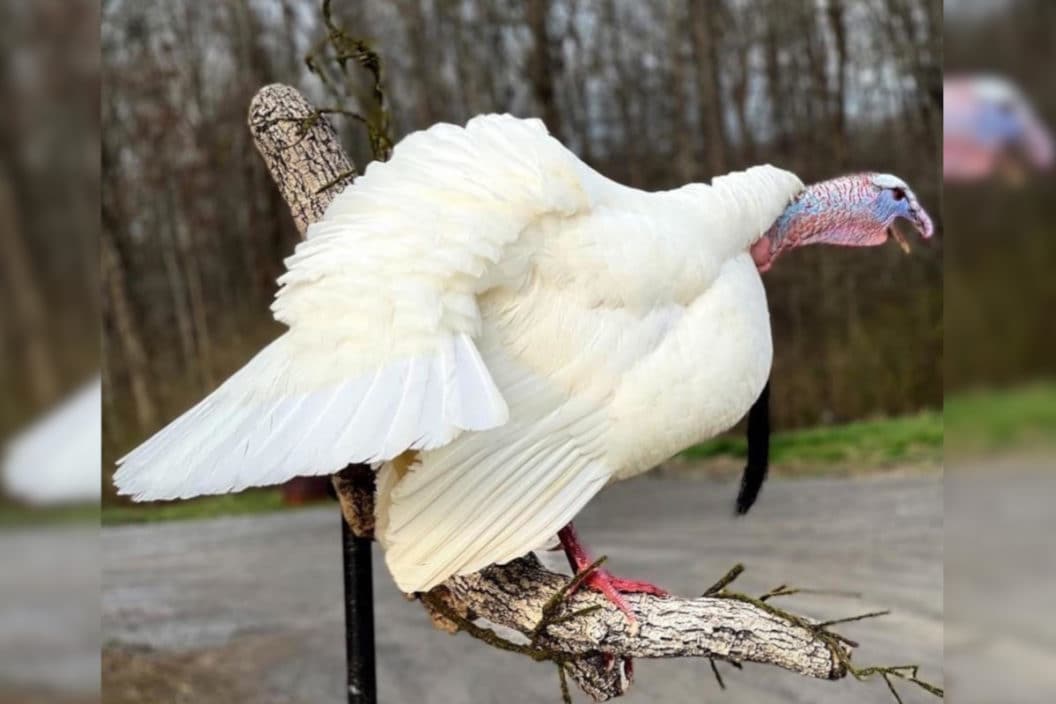
White wild turkeys are extremely rare animals.
As turkey hunters gear up to hit the woods this spring, only a handful will likely experience one of the rarest sights in the woods. That is a sighting of a smoke-phase or white turkey.
It seems like a handful are shot here in North America every year. Without fail, the jokes on social media from fellow hunters usually include some farmer being mad because someone shot one of his domestic turkeys that escaped.
While it is true that the birds raised by humans are usually white, it has been confirmed there is such a thing as a white wild turkey, although it seems these birds are extremely rare. Or at the very least, most are probably picked off by coyotes and other predators when they are still poults because of their lack of camouflage.
Still, on rare occasions, one of these birds survives to adulthood and is harvested during turkey hunting season. Today we’ll have a look at the different color phase turkeys and find out what causes them.
Can a wild turkey be white?
A wild turkey can absolutely have white feathers, and these unusual color phases are usually a result of conditions known as albinism or leucism. These conditions are genetic mutations caused by a recessive gene that leads to a notable loss of pigment. It’s the lack of pigment that sets them apart from normal-colored turkeys.
According to the National Wild Turkey Federation (NWTF), there are several different color phases of turkey out there. They also note the exact causes of this type of mutation are not entirely known. Many people think they are the result of domestic birds and wild birds cross breeding. However, scientists are skeptical of this explanation, and even if it were true, that doesn’t explain all the white turkeys found in the wild.
It’s worth noting that identifying a true albino can be difficult without a biologist inspecting the animal. The presence of pink eyes is usually a good indication of albinism.
Most white turkeys shot by hunters in the wild are leucistic, because this mutation seems to retain pigment in at least some features, especially in the eyes.
In 2020, some hunters harvested a white adult male turkey on public land that they had nicknamed “The Ghost.” This animal had wing and tail feathers that were completely white with no pigment in them. However, the bird had a normal-colored head and beard.
In most cases, the smoke-phase seems to be much more common than an albino or leucistic turkey. In this phase, the bird still retains quite a bit of black pigment in its feathers and the appearance takes on more of a gray or “smokey” look. There is a noticeable lack of brown pigments in this color phase.
The interesting thing about the smoke phase is that they are usually hens. In 2018, a hunter in Tennessee was fortunate enough to harvest a smokey gray Tom. The Tennessee Wildlife Resources agency inspected the bird and noted that approximately 95 percent of smoke phase birds are hens. Exactly why this is, scientists do not know.
How common is a white turkey?
As for how common white or smoke phase turkeys are, again, that’s up for speculation. Although many scientists seem to estimate as many as one in every hundred turkeys could be smoke phase. In fact, it’s not uncommon for multiple smoke phase birds to be reported in one area at the same time. For pure white leucistic or albino birds, the odds are against you seeing one of these rare game birds.
According to the Audubon Society, only one in 100,000 turkeys will ever be an albino. The numbers are probably close to the same for leucistic turkeys without any extra pigment in their feathers.
As we’ve noted, it’s likely that many of the pure white specimens of North American turkey never grow to maturity. When I interviewed the hunters who harvested the leucistic Tom in Tennessee, a hunt that was captured on video, they noted the sneaky bird always seemed to be on edge. In fact, they called it the hardest hunt they’ve ever had for a mature gobbler.
“This bird, he would strut, but he typically wouldn’t stay full strutted very long because he wanted to peek his head up and look at his surroundings again,” they told me. “So, we think this links back to him as a Jake or growing up as a poult. All the predators most likely targeted him first, rather than the others because he stuck out.”
It seems that bird’s wariness paid off. He survived long enough to grow an 11-inch beard and spurs nearly 1.5 inches long. While most scientists do believe many albino and white phase animals have low survival odds in the wild, there have been plenty of documented cases of animals with white pigmentation surviving for years in the wild given the right circumstances. If you happen to see one while turkey hunting, you might want to buy a lotto ticket, because you’ve just beat the odds!
Other Turkey Color Phases
Aside from the smoke-phase and white phase varieties, there are some other phases wandering in wild turkey populations across the country. Another odd phase is the erythristic phase. Just like albinism and leucism, it’s a genetic mutation. The only difference is this one leads to more red pigments in the feathers of the turkey. It gives the bird more of an orange appearance because there are few dark highlights.
On the opposite end of the spectrum is a melanistic turkey. Melanism is the exact opposite of albinism and leucism in that the animal produces an excess amount of pigment, causing a black appearance. For some animals, melanism is common. Almost everyone has seen a black squirrel rooting for acorns before. All black turkeys are much rarer, and the difference in their plumage may be subtle. In fact, some hunters may not even realize they shot one until they take a closer look. That was the case with an Oregon hunter who bagged one in 2020.
One thing is for sure, all the odd color phases of turkey, whether they be white, smoke, melanistic or otherwise, are not exactly common. If you happen to see one while turkey hunting, you might want to buy a lotto ticket, because you’ve just beat the odds!
For more outdoor content from Travis Smola, be sure to follow him on Twitter and check out his Geocaching and Outdoors with Travis YouTube channels.
NEXT: THE GHOST: A LEGENDARY TENNESSEE PUBLIC LAND TURKEY WITH FEATHERS WHITE AS SNOW
The post White Wild Turkey: The Causes and Odds of Encountering This Rare Color Phase appeared first on Wide Open Spaces.

